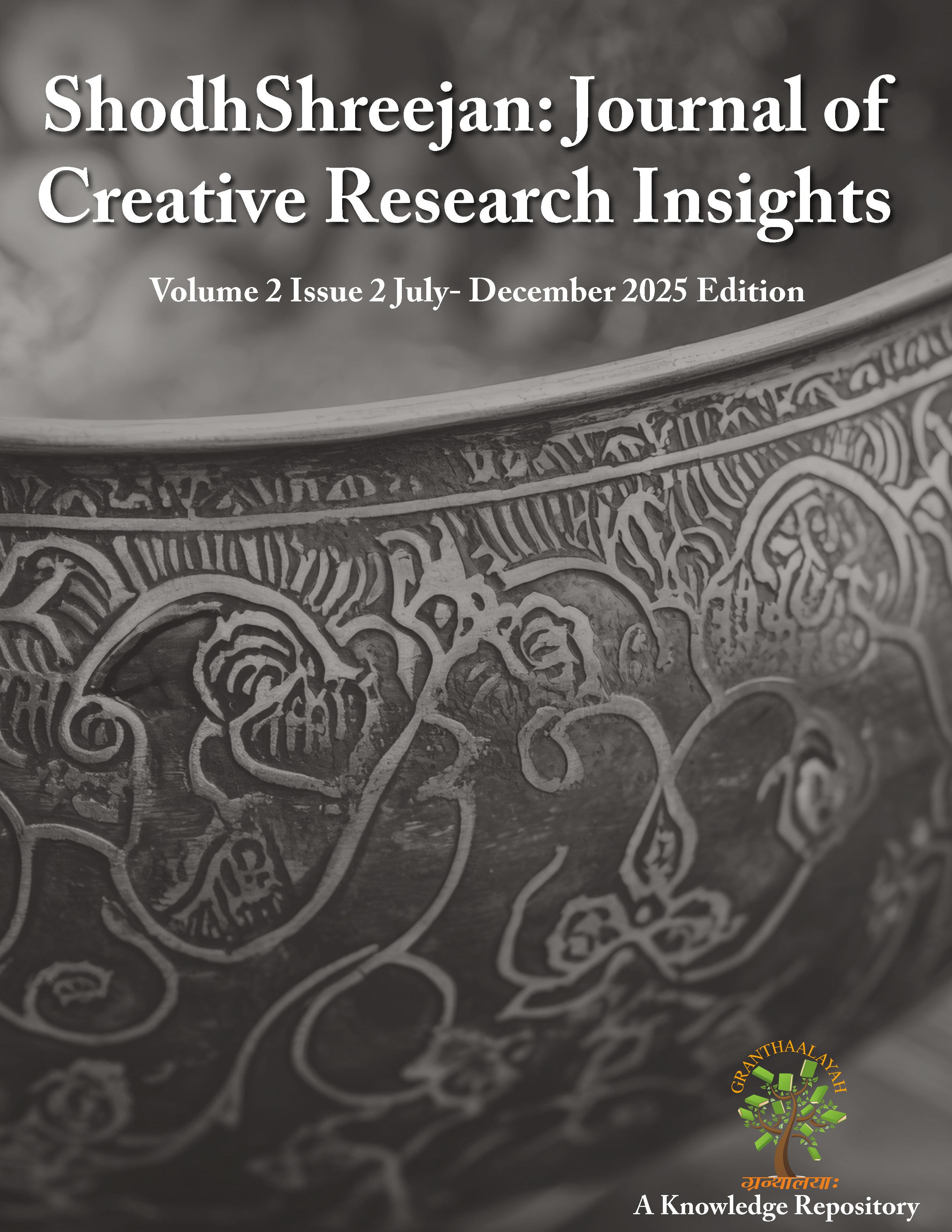ANIMATING NEW REALITIES: THE ROLE OF THE 12 PRINCIPLES IN AR AND VR DESIGN
DOI:
https://doi.org/10.29121/shodhshreejan.v2.i2.2025.31Keywords:
Animation Principles, Augmented Reality, Virtual Reality, 2d, 3dAbstract [English]
This article explores the continued relevance of the 12 Principles of Animation, originally developed for traditional 2D animation, in the context of immersive AR and VR design. By bridging classical animation techniques with emerging interactive media, these principles help enhance realism, guide user attention, and elevate engagement. Each principle finds new application in crafting believable virtual environments and intuitive augmented interactions. Through a detailed examination of how these principles translate into immersive contexts, the article highlights their role in creating more natural, expressive, and appealing user experiences within the evolving landscape of spatial computing.
References
Lee, S. (2025, June 21). Mastering Animation: 12 Principles Guide. NumberAnalytics. https://www.numberanalytics.com/blog/mastering-animation-12-principles-guide
Danderfer, Y. (n.d.). Augmented Reality vs. Virtual Reality vs. Mixed Reality: An Introductory Guide. Toptal. Retrieved August 8, 2025, from https://www.toptal.com/designers/ui/augmented-reality-vs-virtual-reality-vs-mixed-reality
Ritchie, J. (2017, July 19). The 12 Principles of Animation (with Examples). IdeaRocket. https://idearocketanimation.com/13721-12-principles-of-animation-gifs/
Provost, R. (2025, March 5). What are the 12 Principles of Animation — Ultimate Guide. StudioBinder. https://www.studiobinder.com/blog/what-are-the-12-principles-of-animation/
Published
Issue
Section
License
Copyright (c) 2025 Tamil Selvan.N, Dr. Valarmathi Subramaniam

This work is licensed under a Creative Commons Attribution 4.0 International License.
With the licence CC-BY, authors retain the copyright, allowing anyone to download, reuse, re-print, modify, distribute, and/or copy their contribution. The work must be properly attributed to its author.
It is not necessary to ask for further permission from the author or journal board.
This journal provides immediate open access to its content on the principle that making research freely available to the public supports a greater global exchange of knowledge.



















